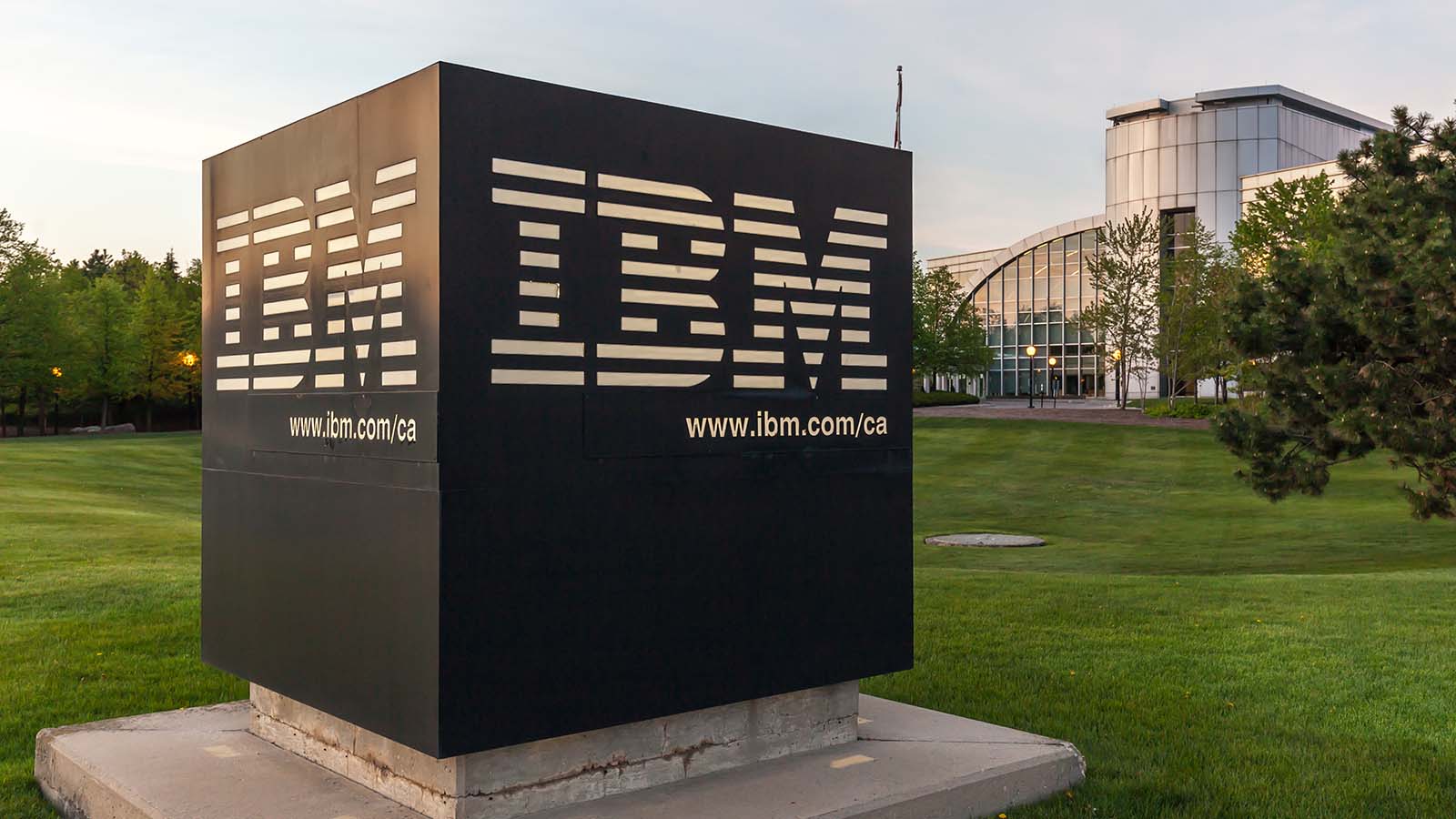International Business Machines (NYSE:IBM) stock has begun a new chapter. With the integration of Red Hat into the fold, the company has the opportunity to renew itself as years of stagnation within legacy businesses has weighed on the equity.
However, buying Red Hat has added to strain on the balance sheet over the near-term. Moreover, its dividend yield has risen to levels well above S&P 500 averages as maintaining yearly payout hikes has become increasingly burdensome.
Given the dangers, IBM stock has become a legacy company supported by an increasingly speculative stock.
Don’t Buy IBM Stock “Because It’s IBM”
Investors can easily fall into the trap of thinking a comeback will happen “because they’re IBM.” While a recovery is far from out of the question, I believe the company faces enough uncertainty that investors cannot consider such a return to prominence inevitable.
Before the recent purchase of Red Hat, IBM had to rely on its cloud services to compensate from the lagging income from older IT businesses. Now that they have taken over Red Hat, International Business Machine stock’s future success likely depends on them.
The company holds about $12 billion in cash. While not small, that does not compare to the hundreds of billions held by Apple (NASDAQ:AAPL) or Alphabet (NASDAQ:GOOGL, NASDAQ:GOOG). It will certainly not allow for another purchase on par with the $34 billion paid for Red Hat.
Many believe the company overpaid, and it places a significant strain on the company balance sheet. After the purchase, long-term debt stands at $58.45 billion. That makes for a heavy burden with only $17.78 billion.
IBM Stock Still Has Time
However, reasons for optimism exist. As IBM stock bull Josh Enomoto argues, the U.S.-China trade war remains less of a factor for the company. Moreover, the cloud holds the potential for more niches within the cloud. The former Red Hat could certainly deliver in parts of the cloud where Amazon (NASDAQ:AMZN) or Microsoft (NASDAQ:MSFT) may not excel. Mr. Enomoto may get this one right, and I hope he does.
Early indications look promising. Still, since I made my call on Red Hat, the IBM stock price has seen an increase of about $9 per share. Moreover, it helped lead the way higher among the Dow 30 stocks in Thursday trading.
Still, while that rebound helps, a one-day bump does not constitute a comeback. Wall Street needs to see more before they fully embrace a recovery in International Business Machines stock.
For now, the forward price-to-earnings (PE) ratio stands at around 10.6. Predicted profit growth makes that multiple appear cheap for a reason. After profits fall by an estimated 7.2% this year, analysts expect earnings growth of 4.8% in fiscal 2020. Wall Street then forecasts they will settle into an average of 2.19% per year over the next five years.
How to Trade IBM Stock
I would urge investors to treat IBM stock as a speculative dividend play. IBM trades at around $140 per share as of the time of this writing. Like my colleague Vince Martin, I expect the equity will trade sideways at best for the foreseeable future.
The 4.6% dividend yield will also draw investors. This payout has risen for 22 straight years, placing the stock in striking distance of dividend aristocrat status. History shows that giving up aristocrat status tends to bring years of stock price stagnation and decline. For this reason, I do not see IBM suspending increases unless the survival of the company depends on that move.
However, financials indicate investors should treat International Business Machines stock as “speculative.” As I mentioned before, it may need the success of Red Hat for the company to make it to the 25 years required to become an “aristocrat.”
The dividend now consumes more than 65% of company profits. Maintaining annual increases will require another payout hike next year. Hence, investors should expect the dividend to take most of IBM’s earnings for the foreseeable future.
IBM stock may yet stage a comeback “because it’s IBM.” While I will not argue against taking a position for dividend income and a possible rebound, investors should remain acutely aware of the risks.
As of this writing, Will Healy did not hold a position in any of the aforementioned stocks. You can follow Will on Twitter at @HealyWriting.

